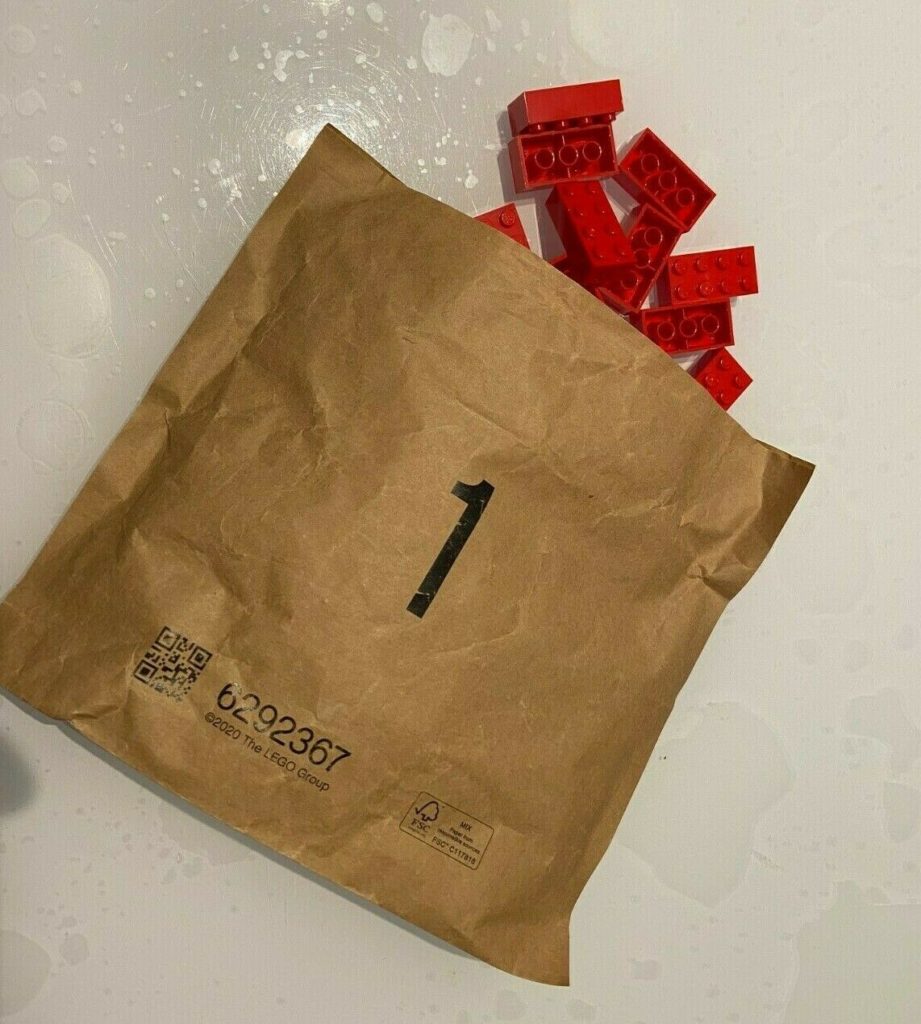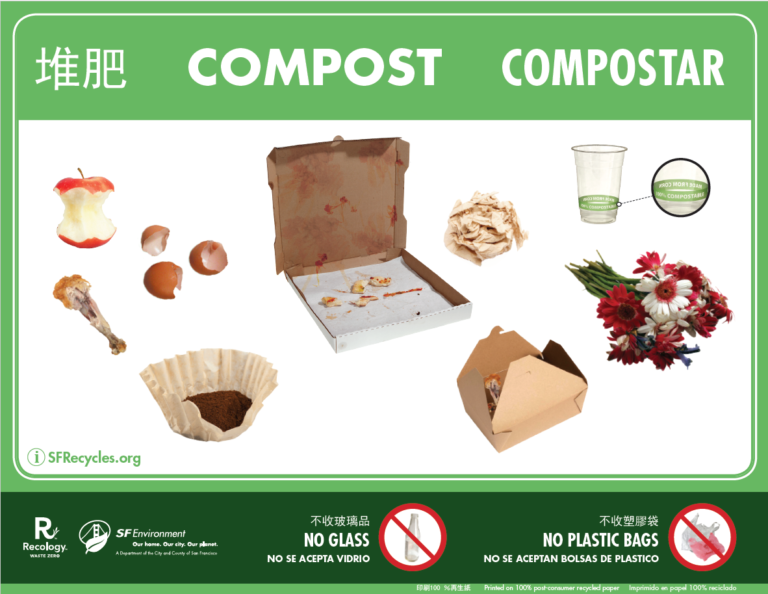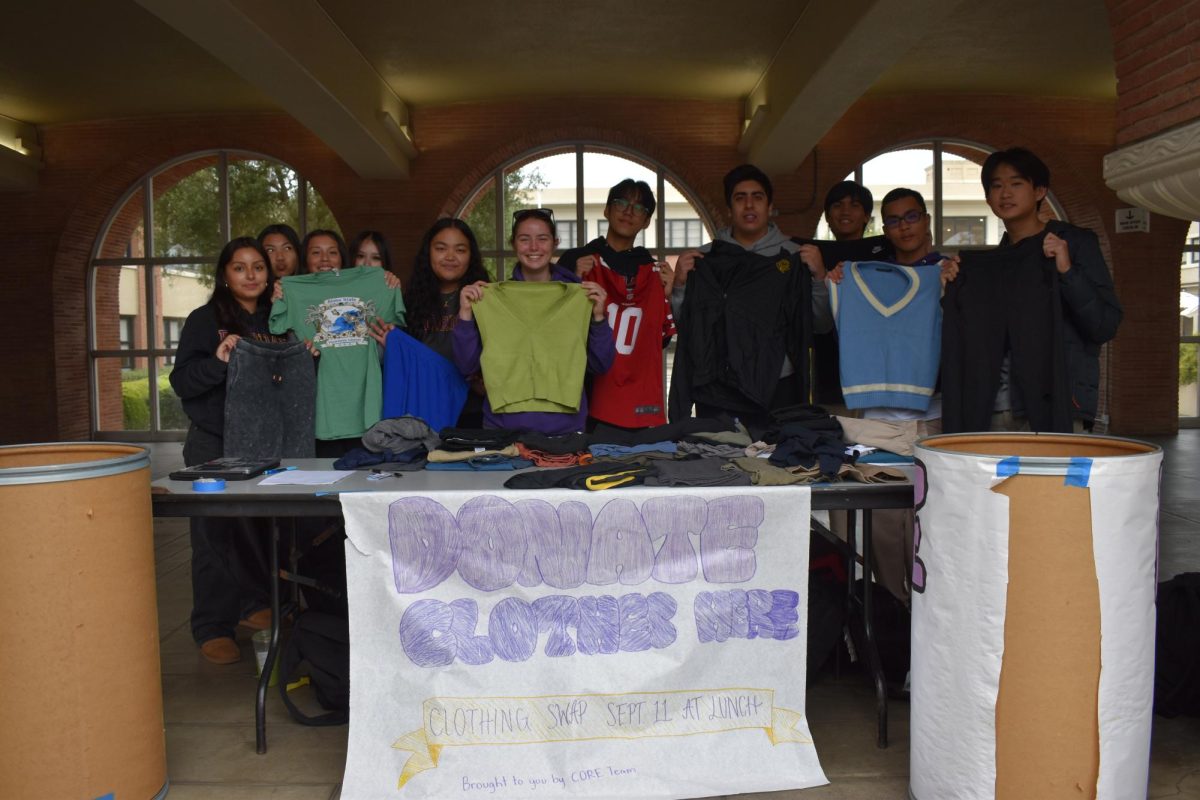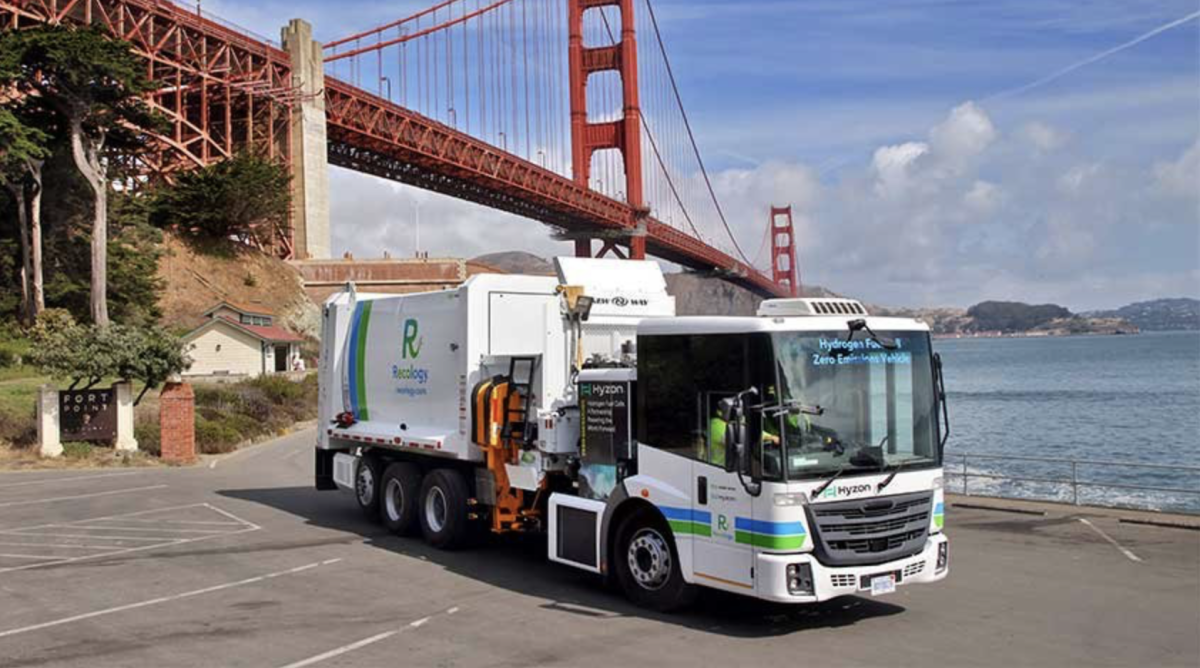Anyone with experience building a Lego set will tell you that step one of the process is always organizing those little plastic see-through bags of bricks before diving into building the set. Things are about to change, according to a recent announcement by the Danish toymaker.
Starting in 2021, recyclable paper bags will replace plastic bags as part of a new green initiative. According to the company, this change was inspired by millions of kids who wanted the company to think of alternatives to plastic packaging. According to Murillo Olivera ’22, he thinks that the change from plastic to paper bags is a good thing.
“The paper bag change is a little weird to me since I grew up with opening plastic bags, but I can see how it will help the environment,” he said. “It is good that LEGO is doing this.”
It is common knowledge that waste has a negative impact on the environment and contributes to global warming. According to the EPA, an estimated 14.5 million tons of plastic containers and packaging were generated in 2018 and 10.2 million tons ended up as landfill.
This impacts the environment because plastic can take up to 500 years to decompose and may leak into the soil and water. Plastics in landfills also contribute to greenhouse gasses and climate change.
Since the 1970s, Lego has been one of the most popular toy companies in the United States, and 50 years later that hasn’t changed. While it seems that Lego is responding to consumer pressure to create more sustainable packaging, the impact of this change will be massive. Nick Mibach thinks that Lego should have changed their packaging years ago.
“People have been talking about the negative effects of plastic bags for several decades,” he said. “It’s common knowledge that making plastic bags uses a lot of oil, the bags are not biodegradable, and they are one of the leading pollutants in rivers and oceans.”
Just to illustrate, the amount of Lego bricks sold in just one year could wrap around the world 18 times, according to Brickfans.com, and that amounts to approximately 400 billion Lego bricks. If 400 billion Lego bricks are being made each year, that translates to a lot of plastic bags in the garbage bin.
Lego says its goal is to teach kids about recycling and saving the planet. With over 200 million Lego sets sold worldwide each year, this move to paper packaging should help show kids the importance of using biodegradable products. Would making the change allow kids to think about recycling? According to Mr. O’Brien, he doesn’t think so.
“Typically it’s not the kids who are buying the Lego kit, it’s the parents who are buying the Lego kits for the kids. If that becomes more attractive to the consumers, then it could make a difference.”
Simply changing the packaging will likely not get kids to think about why Lego is making this green change. It will take a lot of reinforcement from parents, teachers, or any other adults in the child’s life.
The recent decision to change from plastic packaging to recycled paper was a welcome change for generations of people, who played with Legos through the decades. While one might think it took them a really long time to do this, it will have a positive impact on the environment moving forward.









